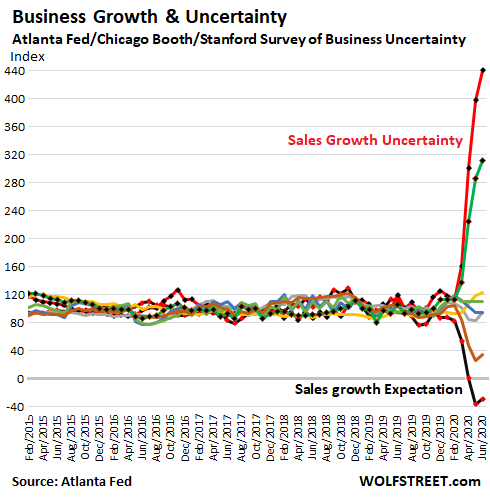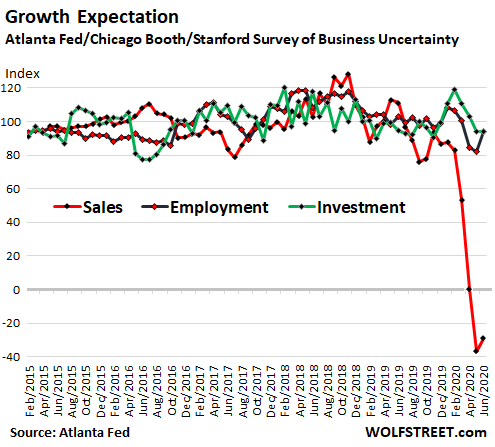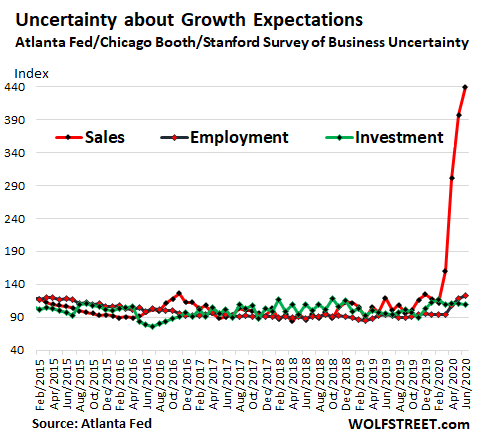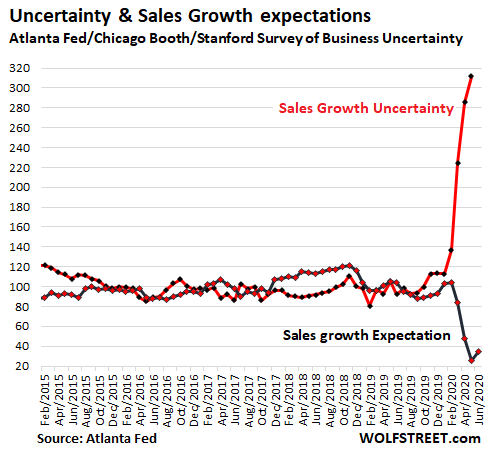Michigan State Economics Professor Mark Skidmore’s latest update to the “Missing Money” question is now the biggest in history by a long way.
Skidmore’s research reveals the US Treasury market is rolling over $90 trillion to support the official debt of $22 trillion (2019.) That’s on top of the $21 trillion Skidmore revealed in so-called “Missing Money” in late 2017.
Why do you need to churn $90 trillion in debt? Is the US debt really $90 trillion? What could go wrong with this much hidden debt? Skidmore says, “Yes it is concerning to me because this could blow up.
We don’t know when or how, but if people lose confidence in our government, they could lose confidence in the currency. That could have severe impacts on lots of people in the whole global economy above and beyond what we are experiencing now.
Is there some reset in play? Is there some bigger issue at stake? Is this pulling away with other goals in mind?
Yes, I think so. I don’t know how this all fits together but I do know there is something else going on that we all need to pay attention to.
I have documents that say something is really, really wrong, and it’s not just bad accounting.”
- Source, USA Watchdog







